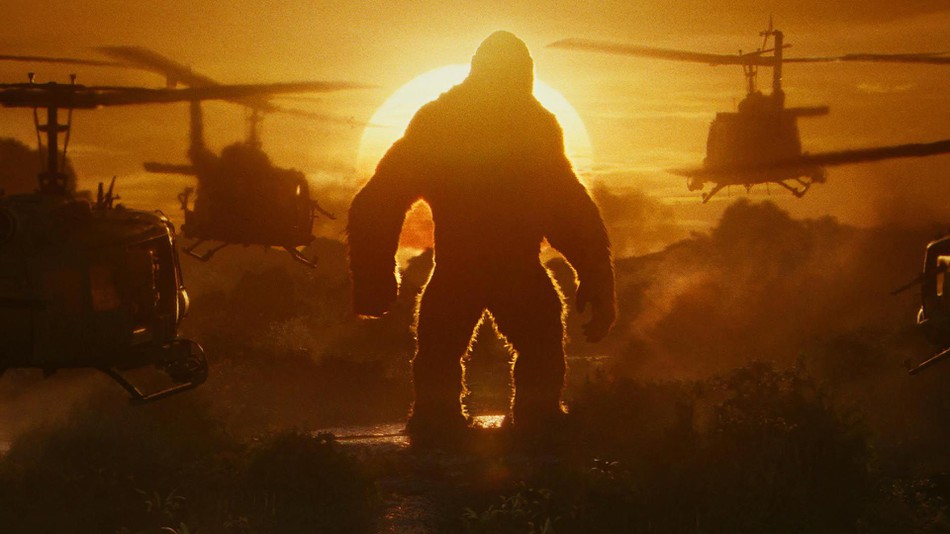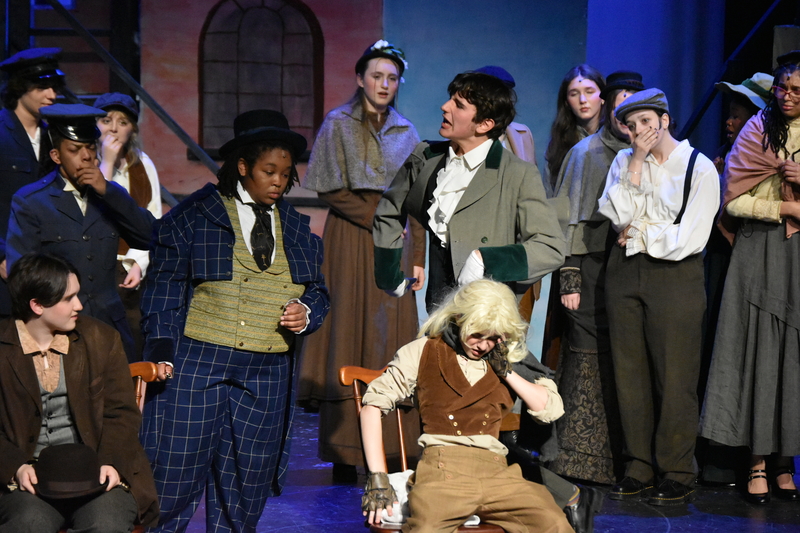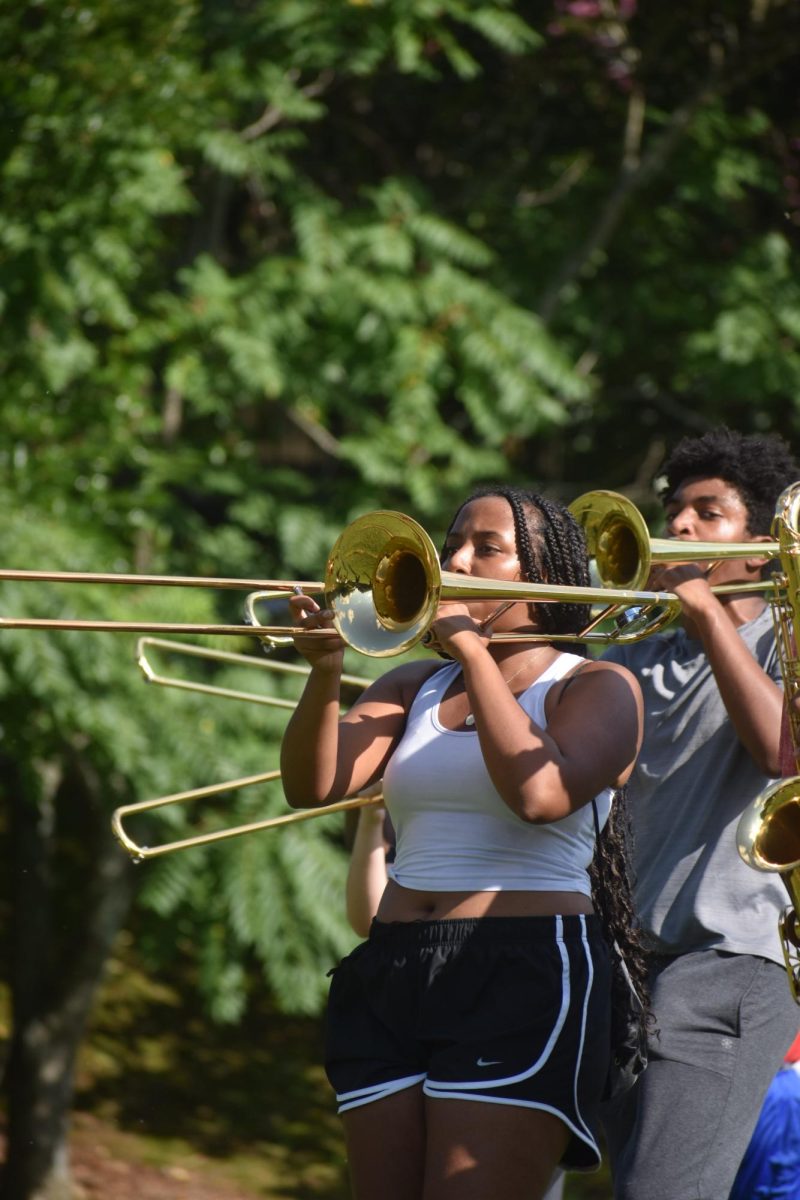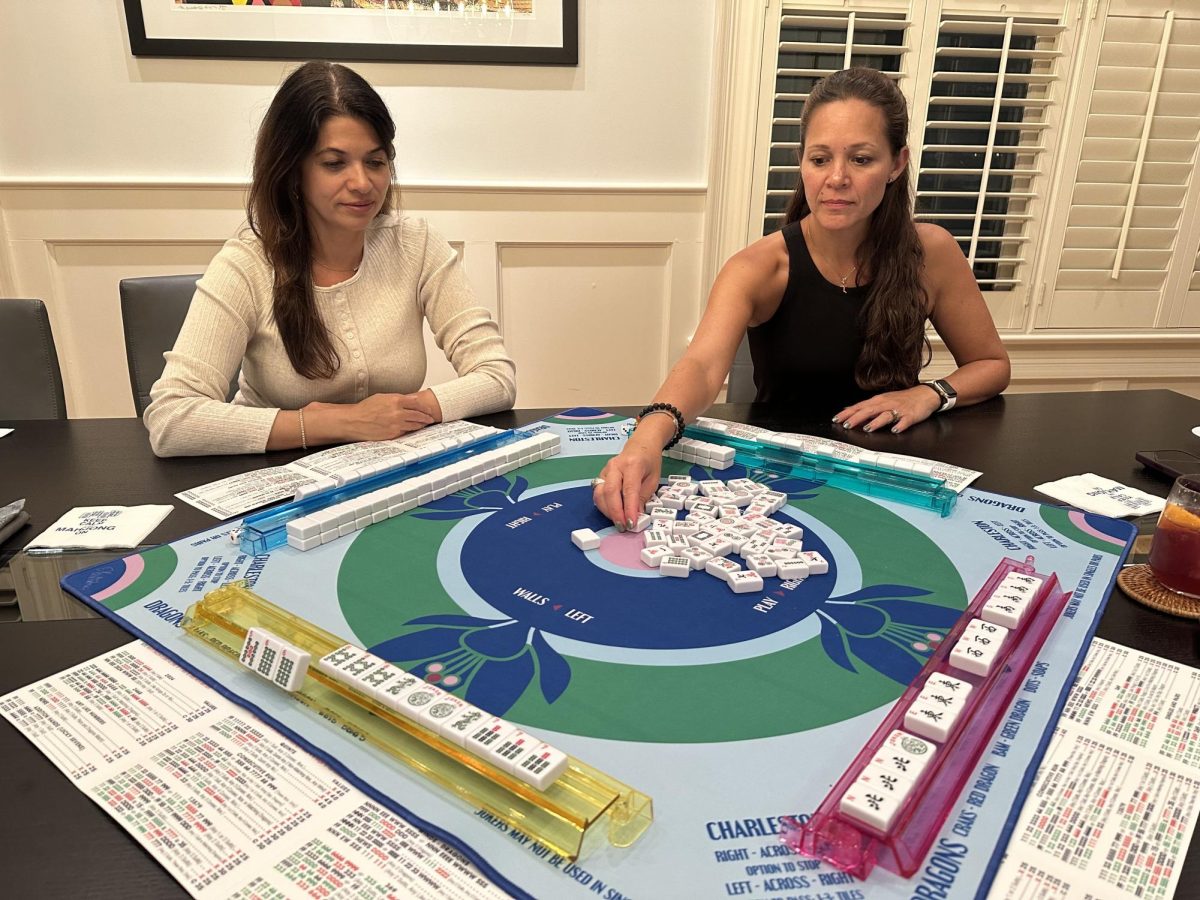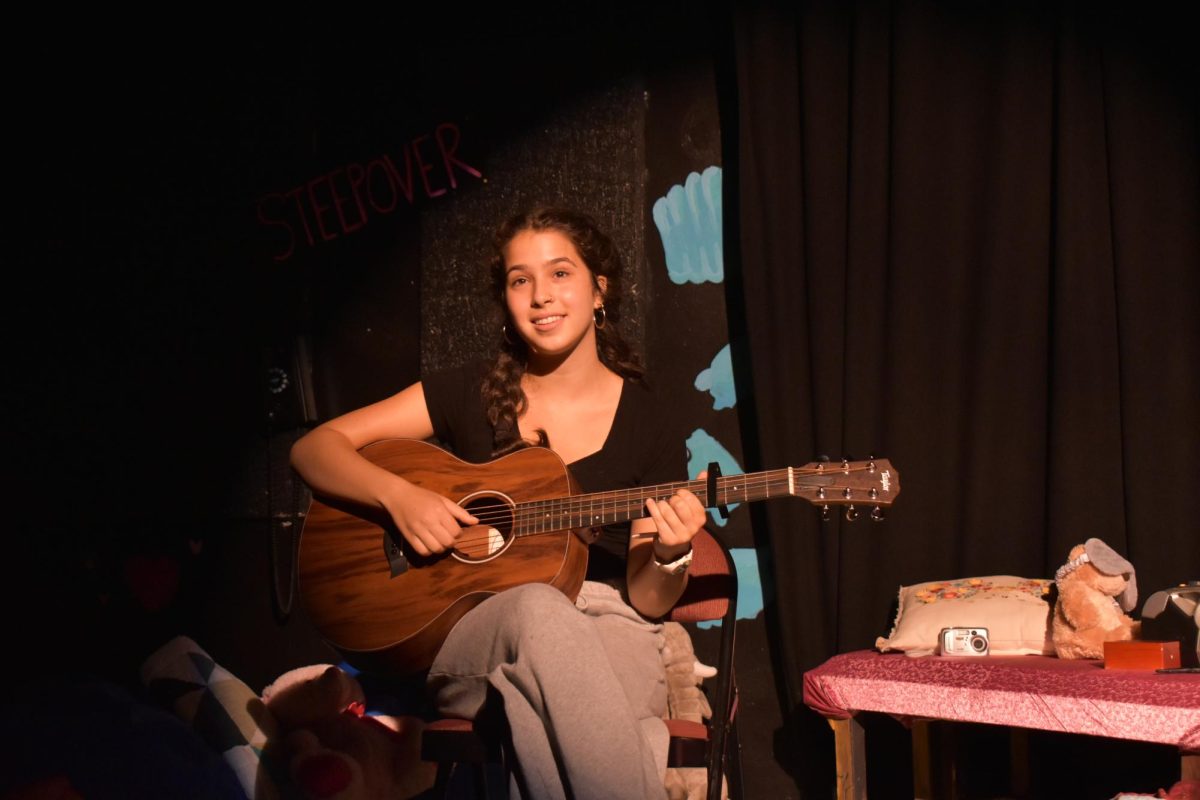Everyone knows the iconic 1933 image of King Kong climbing the Empire State building, but no one expected to see Kong in the company of Samuel L. Jackson and John C. Reilly in Skull Island.
In its day, King Kong was a groundbreaking feat of cinematic wizardry come straight from the raw imagination of producers Merian C. Cooper and Edgar Wallace. When he was a kid, Cooper had a dream about a giant ape on top of the world’s tallest building fighting airplanes. When the dream came to life on the Silver Screen in New York, it grossed $90,000 on its opening weekend, the largest and most lucrative opening in history. In fact, King Kong was the only film ever to debut simultaneously at the two largest theaters in New York, the RKO Roxy and Radio City Music Hall, where the total seating capacity was about 10,000, and it sold out every performance that weekend and a few days after.
King Kong was so good that they made six more versions of it in the last few decades, although after each one, its eminent reputation rapidly declined. Starring Tom Hiddleston and Brie Larson, the 7th film will be released next week on March 10. Director Jordan Vogt-Roberts endeavors to bring back enthusiasm for King Kong by taking a new approach. In February, Vogt-Roberts told The Guardian, “This is not a traditional Beauty and the Beast story.
I personally don’t want to see a damsel-in-distress story and I don’t think the rest of the world really wants to see that anymore.” One of the major aspects of the film that sets it apart from the 2015 version directed by Peter Jackson is the character and temperament of the savages on the island. In The Fall of Kong, the island natives are bloodthirsty barbarians, eager for human sacrifice, and are altogether kind of creepy. Whereas in Skull Island, the indigenous people are led by a giddy John C. Reilly, who is the sole source of comic relief in perilous situations on the island, putting a lighter spin on the movie.
/https%3A%2F%2Fblueprint-api-production.s3.amazonaws.com%2Fuploads%2Fcard%2Fimage%2F408336%2F9892264f-90b5-4787-ae25-91daf22a55d2.jpg)
King Kong: Skull Island was filmed across three continents over six months, capturing its primordial landscapes on Oahu, Hawaii, Australia’s Gold Coast, and even shooting various scenes in Vietnam. The objective of such arduous work and constant mobility is to create a picture that fully immerses the audience into another primordial world where one might stumble across giant apes and other frightening monsters. In such a vastly beautiful and fearful setting, the film is sure to take flight if it takes advantage of their producers’ diverse skill sets. Their first asset is Vogt-Roberts who also directed the 2013 movie Kings of Summer, a fun, boyish film which premiered at the Sundance Music Festival. Next is director of photography, Larry Fong, who presided over the epic picture of Batman v Superman: Dawn of Justice. The visual effects supervisor is Oscar winner Stephen Rosenbaum who worked on Forrest Gump and Avatar. Lastly, is the fantastic, Oscar-winning makeup supervisor, Bill Corso who worked on Lemony Snicket’s A Series of Unfortunate Events and Star Wars: The Force Awakens. If Vogt-Roberts utilizes such a talented and experienced team, the film is sure to bring in as much success as its ancestors.

